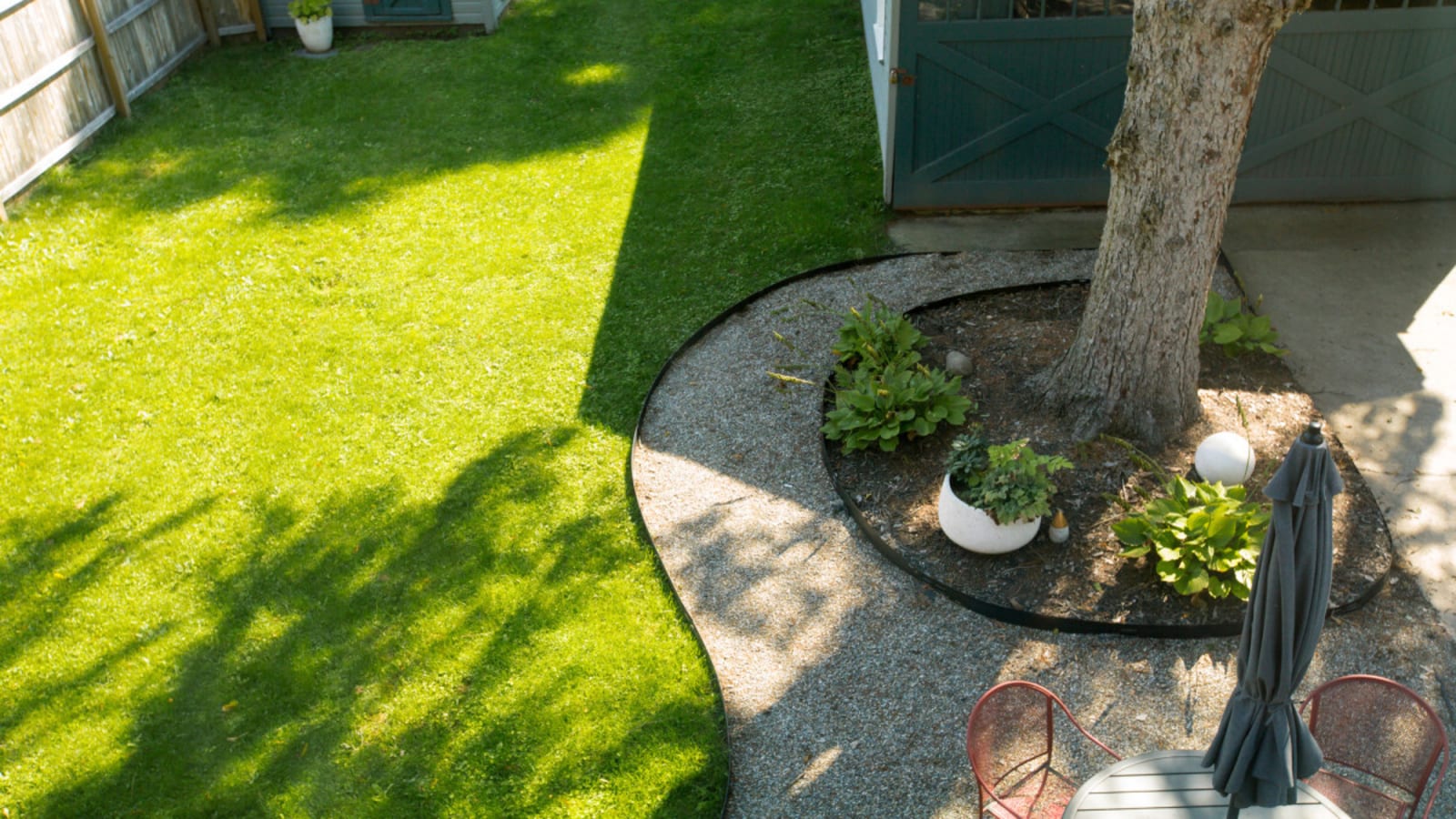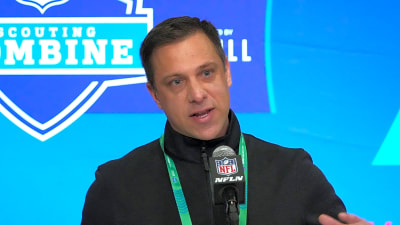
Grass and weed killers are commonly used to keep lawns looking immaculate and free from unwanted vegetation; however, homeowners have voiced their concern about the potential impact of these chemicals on nearby trees. Understanding how these products work and their effects on trees can help you make informed decisions about lawn maintenance.
How Grass and Weed Killers Work
Most grass and weed killers, collectively known as chemical herbicides, have active ingredients designed to eliminate specific types of vegetation. These chemicals work by inhibiting certain growth processes or disrupting the plant material’s ability to produce essential nutrients. Herbicides can be categorized into two main types: selective and non-selective.
-
Selective Herbicides: These herbicides are formulated to target and kill specific types of plants, such as grasses or broadleaf weeds, while leaving other vegetation unharmed. For example, a selective lawn weed killer may focus on particular enzymes or processes present in grass species without affecting broadleaf plants or trees.
-
Non-Selective Herbicides: Non-selective herbicides kill any plant they contact, making them effective for clearing large areas of vegetation but also highly dangerous if misapplied near desirable plants like healthy trees (including young saplings). These herbicides can disrupt the entire growth cycle of any susceptible plant species they touch, making application technique critical.
Impact on Trees
Although herbicides are designed to target specific vegetation, entire trees can still be inadvertently harmed under certain conditions:
-
Application Technique: Direct contact with tree foliage, branches, or bark can cause damage to trees, particularly with non-selective herbicides. Misapplication, such as overspray or drift, can lead to unintended exposure that may severely damage or cause tree issues. Even selective herbicides can cause distorted leaves and harm trees if applied incorrectly.
-
Chemical Composition: The strength and formulation of herbicides vary. Selective herbicides are less likely to impact trees when used properly, but factors like wind drift or excessive application can still pose risks. Non-selective herbicides, on the other hand, are particularly potent and can have devastating effects on tree health if misused.
-
Tree Health and Age: Young, stressed, or recently transplanted trees are more vulnerable to herbicide damage. Mature trees tend to be more resilient but are not immune, especially if they absorb herbicides through the roots or bark. Care should always be taken when applying any herbicide near trees to prevent accidental damage.
What should I do if herbicide gets on my tree?
If herbicide accidentally comes into contact with your tree, rinse the affected area with water. You'll want to dilute it as much as possible, whether it was on the tree trunk or the leaves. Monitor the tree for signs of damage, such as changes to the leaf profile, discoloration of the waxy leaf coat, wilting, or abnormal growth patterns. If you notice severe symptoms, consult with a professional arborist. They can help assess the extent of the damage and recommend steps for recovery.
More must-reads:
- Kevin Durant, Reed Sheppard lead Rockets to convincing win over Nuggets
- Canadiens players take firm stance on Phillip Danault trade
- The '2004-05 NFL passing leaders' quiz
Customize Your Newsletter
 +
+
Get the latest news and rumors, customized to your favorite sports and teams. Emailed daily. Always free!








